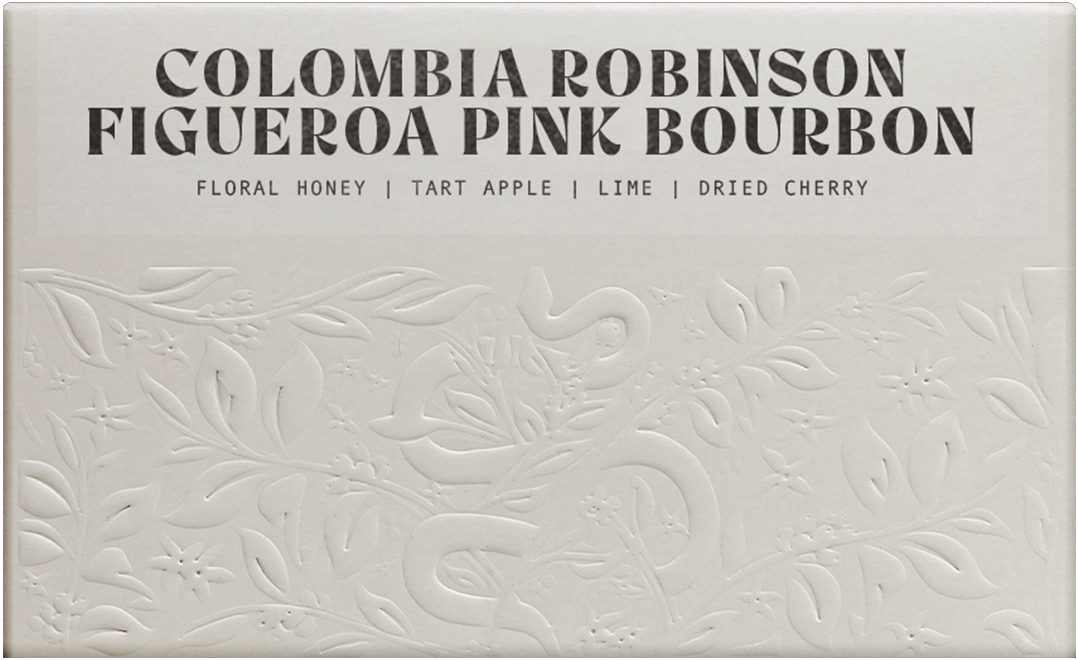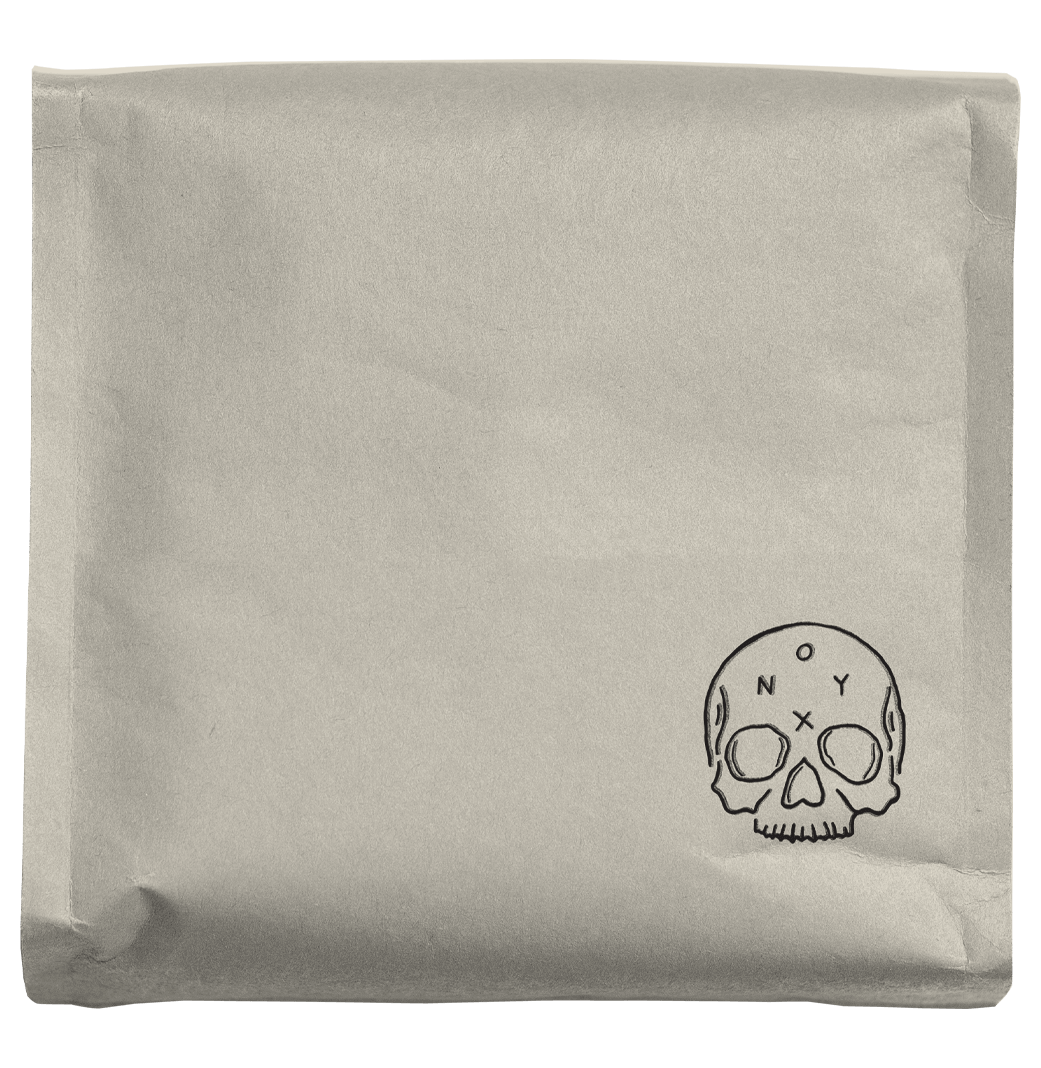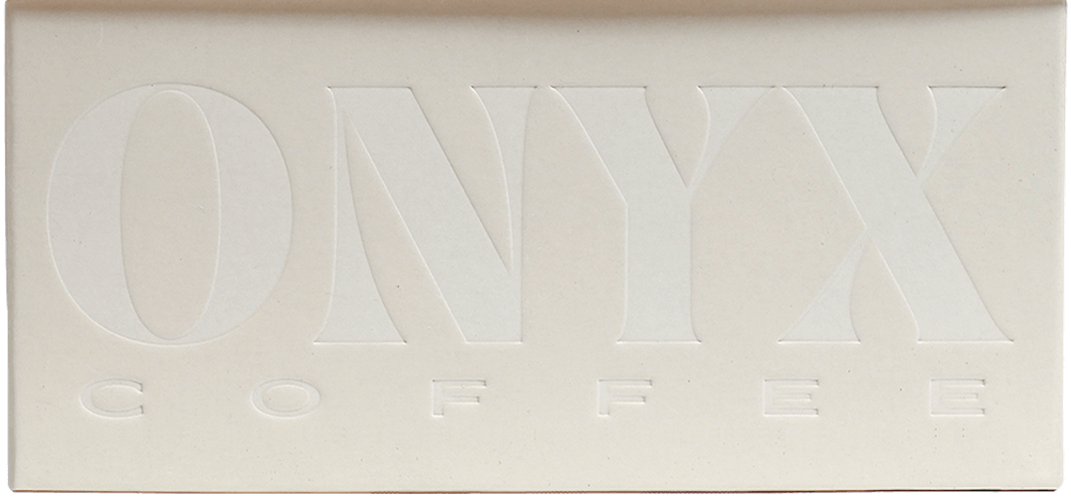Story
The name Pergamino coffee has been synonymous with high-quality Colombian coffee for years. We’ve long partnered with Pedro Echavarría to purchase coffees from their family estates, and over the last four years we’ve partnered with Pergamino on the Allied Producer Program, which we’ve utilized to source coffees for not only single-origin usage but also for our staple blends when washed coffees are needed. Through the network of the Allied Producer Program, we’ve sourced excellent full container lots for our blends, and while cupping through these coffees we find micro-lots that are higher quality: with marked delicate florals and higher acidity, which we separate out to feature as a single origin offering. We pay 10-20% more for these lots as they're separated out from the larger regional blends, yielding the producer anywhere from two to three times the C-Market price. This lot is the first of many lots we separated during our last visit to Pergamino.
This lot comes from Robinson Figueroa, a fourth generation coffee producer. Currently he is growing Gesha and Pink/ Red Bourbon alongside other more traditional varieties, and processes all his lots within the micromill at the farm.
PINK BOURBON
This is a very recently discovered variety found in Acevedo, Huila. Pink Bourbon, or Borbón Rosado, is touted as a hybridization of Red and Yellow Bourbon. On the cupping table, this variety can sometimes be mistaken for an Ethiopian coffee, with its floral notes and its delicate tea-like nature. Since it is a new discovery, little research has been done to confirm its background or origin story, but that has not stopped it from exploding in popularity both with roasters and producers. While it’s less rare that it once was, finding an extremely high quality Pink Bourbon offering is just as difficult, due to its specific growing and picking requirements. Much like Yellow Bourbon, Pink Bourbon is difficult to identify at peak ripeness. Red Bourbon is much easier, as cherries transition from bright red to deep purple within a matter of a week or more. Pink Bourbon can be much more nuanced than its red counterpart, making it difficult to determine the underripe from the mature. With careful picking and processing however, the nuanced nature of Pink Bourbon can be translated into a tremendously delicate and unique cup of coffee.
WASHED PROCESSED COFFEES
The washed process begins with coffee cherries delivered to the washing station, both from the primary market or from farmers bringing their coffee directly to the mill. The cherries are inspected, and an initial quick round of hand-sorting separates the defective coffees before placing them into the hopper. They are then funneled to the depulper, which removes the fruit from the seeds (beans). After that phase is done, the coffee is fermented underwater for approximately 12-36 hours. During this fermentation, a microbial de-mucilagation takes place, which allows the outer fruit and pectin layer to break down, making the coffee easier to dry. This phase also crucially alters the organic acids within the coffee, as sugars and organic acids are transformed, with the best washed coffees maintaining their complex fruit esters. Once the fermentation is complete, the parchment is emptied into the washing channels, where it is agitated with rakes to remove the last of the fruit layer. During this step, the water is refreshed to ensure it’s capability of separating the fruit layer from the seed. Once the washing is complete, the coffee is taken to the raised drying tables for sun drying.




